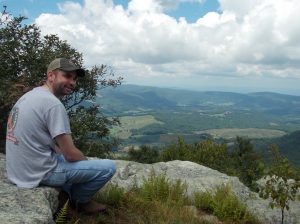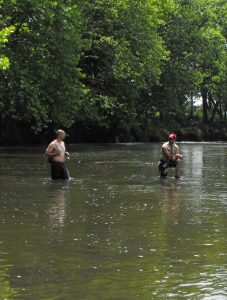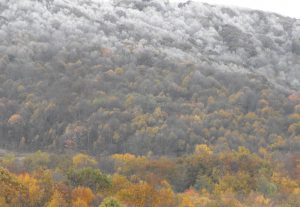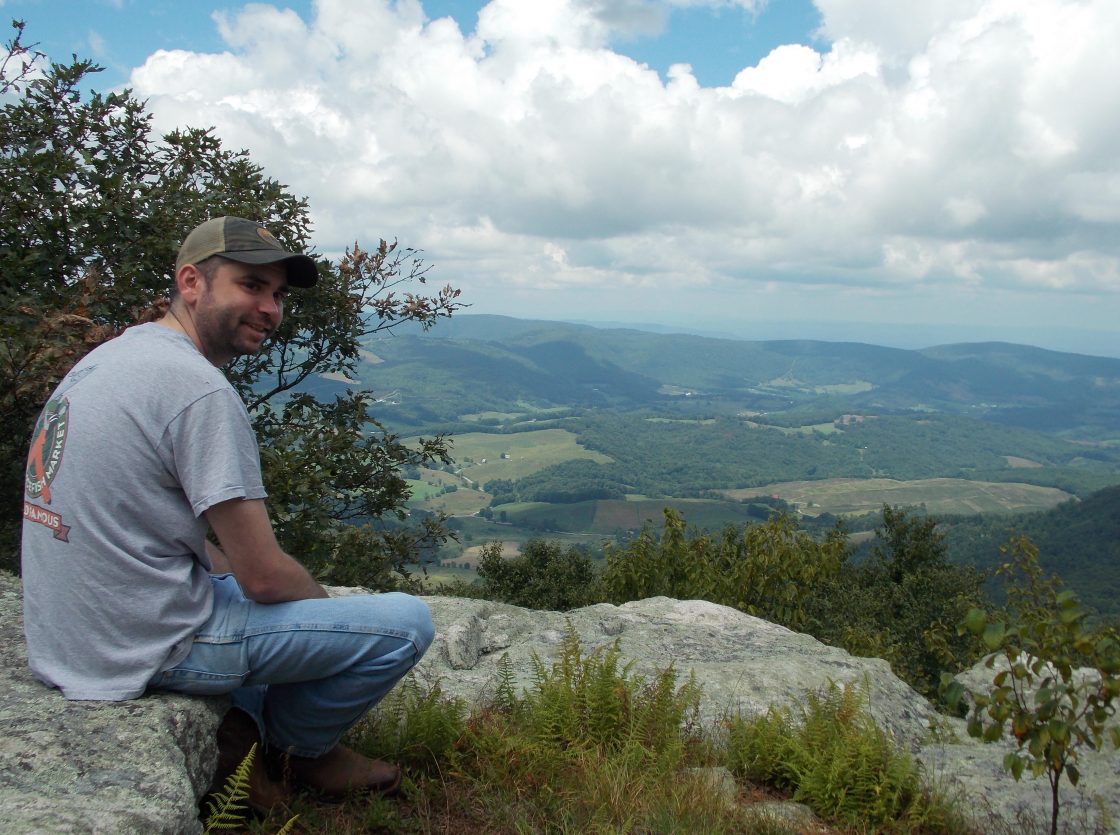LAND USE MANAGEMENT: WORKING TOGETHER FOR THE FUTURE
© 2019 Walt Hampton
The Appalachian region is a complex amalgamation of high, steep mountain ridges punctuated with small, deep valleys and an amazing abundance of water. Stretching from Maine to Georgia, as a land form it is unique on the North American continent and presents its residents with some wonderful opportunities and some very complicated problems. The human population of the region has until recently remained very stable, with some periodic increases over time as people came into the region to exploit resources, and corresponding decreases as those opportunities waned. As the general population of our country at large has experienced more prosperity we are now in a rediscovery period of Appalachia, as a place of recreation and retirement. Recognizing what resources we have and how they can best be utilized for the overall benefit of our people, while protecting those resources that define our unique area from destruction, are critical for determining what Appalachia will be in the future. This is the task and responsibility of every resident of the Appalachian region; we that live here will all be affected by land use mandates and we all should be involved in making those mandated land use decisions.
We can start this process by taking a serious look at what Appalachia has to offer and listing those physical, tangible assets. This is the easy part-just look around you. Public and private land; farm land; forest land; permanent, flowing water such as our magnificent New River; mineral abundance and accessibility; road access; wildlife abundance; aesthetic beauty. Prioritizing these assets by their importance in improving the lives of our citizens is the thorny problem; you would not convert prime river bottom farmland into timber production, nor would you want to ignore mineral assets that by their exploitation would provide tax revenues that would make preservation of critical recreational opportunities an easy sell. The best timber land should be used for growing timber; the best farm land for farming; the best recreational land made accessible to the most users; the areas where manufacturing and mining can be done with the most production with the least possible damage and waste. There are areas where the concept of multiple use is best and others where specific, narrow use should be the focus. For instance, on our National Forest land, which was created with multiple use as the mandate, the integration of proper forestry, wildlife management and recreation can preserve forest acreage in every age class while allowing timber exploitation, hunting and recreational visitorship, all of which will provide spending in the local economy. For a specific use example consider manufacturing; the key to manufacturing centers is ease of access, for getting the raw materials into the plant and the finished products out to the consumers-you build your plant on the main road, or in the urban areas where not only transportation is easier but also where the most potential workers are living. These are not genius concepts; putting the package together on a county-wide basis, and eventually a regional basis however, takes some work, cooperation and brain power.
This is all predicated on a universal truth; people come first. We live here, we want our children and their children to know and love our home, and to be able to look back at us and say, ‘you did it right, Appalachia is still Appalachia.’ I do not think we have a more important duty.




